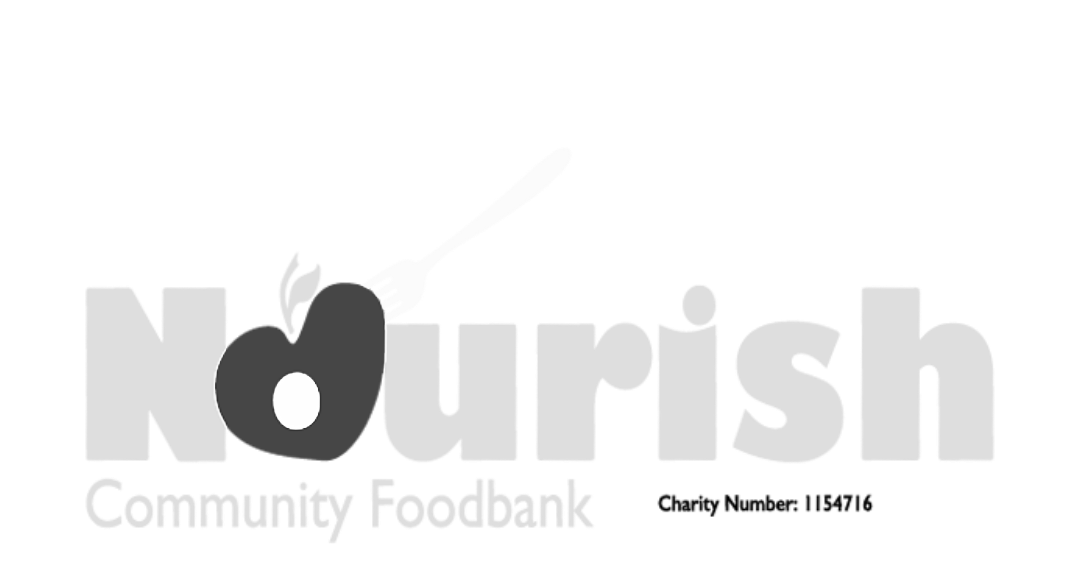Expenses, and an office from home
An office from home – how to get the most from expenses allowed
So, whether you convert your loft or have some office space in a room many of us are now opting to work from home. Any why not, there are great benefits to be had and it also means that the coffee round is always only for one! I am often asked about what expenses can be claimed for someone working from home so here’s a look at what you can do and what to avoid.
HMRC has provided a simplified method, where you count up the number of hours you work each month and use the HMRC’s simplified expenses rates for sole traders – please see the below:
Hours per month: Flat rate per month:
25 to 50 £10
51 to 100 £18
101 or more £26
OK – well don’t spend it all at once!
The key issue here is keeping a record of the hours you work and you will inevitably have worked more hours than you think as with an office at home you do tend to pop in and just respond to that email or check over that work issue. So, although using this simplified method may sound appealing you won’t get the most from your expenses and for just a little more work you will be able to recoup far more from your office at home. And note – the table is for sole traders! Those operating through a Ltd Company, you need to read the next bit carefully.
The other method is known as the Proportional Cost Method, and it’s not as scary as it sounds.
You need to work out what the actual running costs of your home are. If you own a property this can include mortgage interest but not capital repayments. If you rent then it is simply the rental charge. Other costs which you need to record include gas, electricity, insurance, service charges, cleaning and council tax.
You then need to work out what proportion of these costs would be fair to allocate to your business. The simple way of doing this is to firstly work out how many rooms you have in your house excluding bathrooms, kitchens and hallways. You then need to work out what % of the time you use one of the rooms for business use. I know it sounds like a bit of work, which it is, but once it’s done you’ll only need to review it once a year to check it is still accurate.
However, it is important that you don’t use your office room entirely for business – keep at least a small element of the room for personal use as this protects you from any potential capital gains tax issues when you sell your house.
If you are a Ltd Company I would also recommend putting an agreement in place between you and your company for the use of the office and the amount to be paid. This does protect you if the taxman cometh. So, if you are operating through a Ltd Company then you really will only be able to use this method of apportioning costs.
This is quite a complex area so please do contact us if you need to look at how to claim the correct expenses for your office at home.
Next week I’m going to plunge into GDPR (General Data Protection Regulations). Although not specifically an accounting issue it is going to affect every business in the UK so some level of understanding is essential. I cannot stress how important it is to understand this new regulation as compliance is due by the 25th May – oh, happy days!









